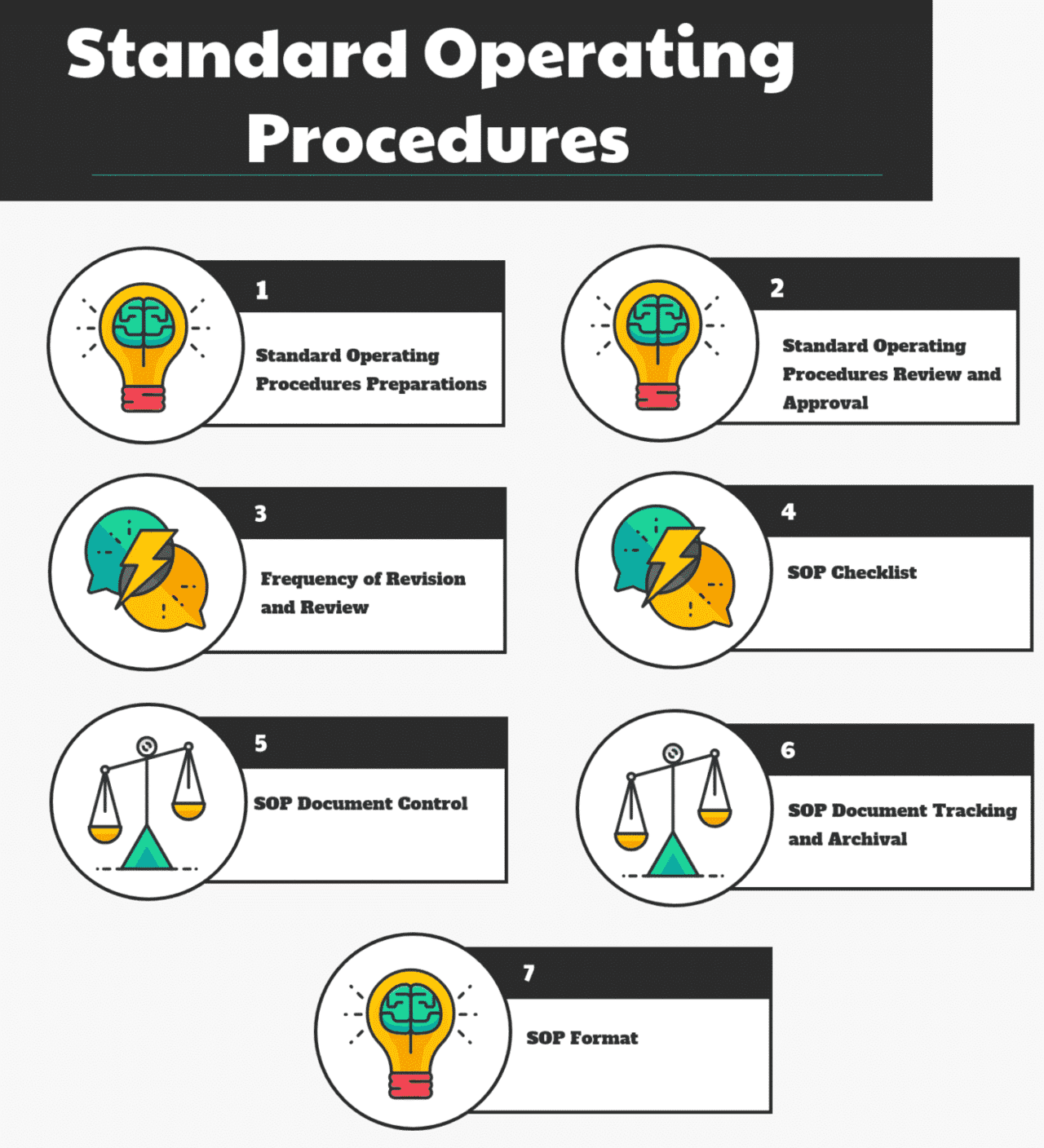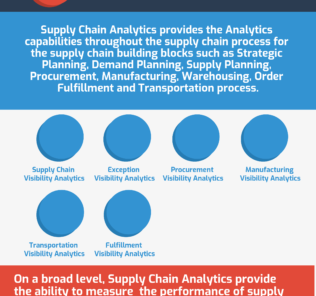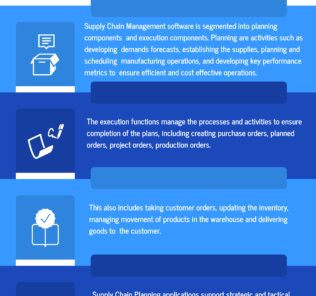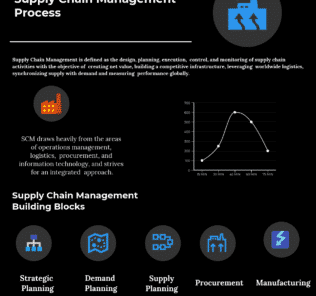Guidelines for Preparing Standard Operating Procedures

Successful businesses across different industries have employed Standard Operating Procedures (SOPs) to maximize safety and efficiency in business. SOPs are effective to organizations that conduct their business in a regulatory environment.
SOPs can as well be a nightmare to some markets. Due to its technical jargon and clunky manuals, it may be confusing to some business making it less efficient. But if conducted in a right manner SOPs can protect an organization from catastrophe.
What are Standard Operating Procedures?
The standard operating procedure it is a set of documented instruction showing routine activities that are followed by businesses. Standard Operating Procedures software enables organizations to meet their objectives fast and save money by showing quality management control, training of employees, compliance assurance, and change control.
SOP’s development is key to a successful quality system as it provides the user with the right information to perform the task correctly, facilitating quality consistency and integrity of the result. SOPs ensure description of all elements of the organization from operational, administrative and technical that is managed under the work plan or quality assurance (QA) project plan. Standard Operating Procedures provide a detail recurring processes that ought to be followed or conducted in a business.
Standard Operating Procedures document all the activities conducted from data quality, quality system and consistent conformance to technical requirements. They describe technical and programmatic actions like processes for calibrating, maintaining and using equipment’s as well as analytical processes.
SOPs are intended explicitly for businesses whose activities are designed to help the company manage their quality assurance and control processes and ensuring governmental regulations compliance. Standard Operating Procedures are of limited value if written correctly and if not followed well might lead to failure. Management should review and re-enforce the use of SOPs, and current copies should be readily available for specified work areas of employees performing the activity.
You may like to read Top Standard Operating Procedures (SOP) Software
Guidelines for Preparing Standard Operating Procedures
Standard Operating Procedures should be in an easy-to-read format and step-by-step. The information provided in the SOP shouldn’t be complicated and unambiguous. Present verb tense and active voice should be considered in the documentation, and the document shouldn’t be redundant, overly lengthy or wordy. It should be short and straightforward. The information conveyed should be explicitly and clearly to remove any doubt on what is required. The use of illustrations and flow charts to describe process can be used. Maintenance of the style guide by your business is also significant e.g., margin and font size.

Top Guidelines for Preparing Standard Operating Procedures
-
Standard Operating Procedures Preparations
Business should have a detailed procedure of what should be documented. The SOPs should be developed by knowledgeable individuals who understand the internal structure and activities in an organization. The subject-matter who participate in the work or use the process are the individuals.
For multi-task operations, a team approach needs to be followed because the experience of multiple individuals is valuable as it promotes buy-in from potential SOP users. Someone with the basic knowledge or one with limited experience of the SOP should be able to understand and comprehend the SOP so that the individual can reproduce the procedure with limited or no supervision. On the section of personal qualification, experience requirements for undertaking the activities should be noted. An example, it should be indicated if there is need of basic experience in engineering experience or additional training is needed.
-
Standard Operating Procedures Review and Approval
Individuals who have the appropriate experience and training are the once who should review or validate the SOPs. It is efficient if the drafted SOP is tested before being finalized by individuals rather than the original writers to identify and have a clear view of the anomalies. As detailed in Business quality management plan the finalized SOPs should be approved accordingly.
The approval is conducted by the supervisor in charge of the section or branch or quality assurance officer of the organization who reviews the SOP and approved. Once the SOP has been reviewed and approved by the management, a signature is placed on the SOP to indicate the process was successful. According to the government regulations, a signature signifies acceptance.
-
Frequency of Revision and Review
Successful SOPs ought to remain current if they are to be regarded as useful. So, the SOPs should be pre-approved and updated whenever there is a change in the procedures. Even if the revision only modifies a small section in the SOP and there should be an indication of the revision section in document control notation and the table of content. SOP should be reviewed systematically on a periodic basis of at least 1-2 years to ensure that the procedures and rules are appropriate and current or determine if there is a need for the SOP.
On each reviewed SOP the date of review should be indicated and added. If a process described in the SOP is no longer followed, it should be scrapped and archived from the current document. The review process should encourage timely review. Thus it shouldn’t be overly cumbersome. In the organization quality management plan there should be an indication of the frequency of the review and should as well show the persons responsible for ensuring that the SOPs are up-to-date.
-
SOP Checklist
To ensure steps are followed well when conducting a procedure, the use of checklists would be useful. To document completed activities one can use checklists. Any pertaining information procedures should be referenced in points form on the checklist on the SOP taking into consideration the procedure of where it should be used.
For a given activity it is crucial to prepare a detailed checklist and the SOP generally describe how the checklists should be developed and what is to be based upon. The file which contains the activity results or with SOP, specific checklists copies should be maintained because the checklist is not considered as the SOP instead part of the SOP.
-
SOP Document Control
To systematically label and identify the SOP, businesses should create a numbering system, and on the quality management plan, there should be a description of the document control. There should be a control documentation notation on each page of an SOP.
What can serve as reference designation is identification number (ID no.) and some small title? In the identification of the SOP in use, revision date and number are paramount especially on historical data reviewing and is critical when the need of evidentiary records are needed to be involved and also when the activity is under review. The user can check if the SOP is complete if the numbers of pages are included. Most documents on the upper right-hand corner of each page following the title page are the notation of the document control.
-
SOP Document Tracking and Archival
The company should maintain a master list of all SOPs. On the SOP file, what should be denoted is the version number of SOP, SOP title, author, status, issuance date, organizational section and any historical information relating to the previous versions of the SOP. For all SOP pertaining to quality in the enterprise the person in charge of maintaining file listing is generally the Quality Assurance (QA) manager.
Notices can be sent if the electronic database is used for SOP review. When questions are raised regarding the organization practices that are being followed or when there is a consideration of audits the list may be used. As indicated earlier, the quality management plan should show only person(s) responsible for assuring that the single current version is being used. Outdated or old versions of the SOP is should be stated in the quality management plan and how it can be maintained or archived to prevent continued use and the availability of historical data review.
Hard-copy document format is had to access compared electronic retrieval and storage mechanism. Electronic access is limited to read-only form for the user to protect against unauthorized documentation changes.
-
SOP Format
To the organization which develops SOPs, they should ensure that is efficient and easy to use. Depending on the organization there is a variation of internal formatting of the type of SOP being written since there is no one correct format. Below is a generalized SOP format guideline:
- Title Page : This is the first page of the SOP and usually contains: title that extensively describe the procedure, identification number of the SOP, date of either issue or revision, name of applicable division, agency or branch to which the SOP applies, and signature dates and signature of the personnel who approved and prepared the SOP.
- Table Of Contents: It is a quick reference for locating information and denoting changes made to specific sections of the SOP
- Text : SOPs should describe their purpose of work and include standards that are in line with the SOP process. In the appropriate discussion, sections define specific terms. Then add the following procedures to be followed, dividing them into parts that are significant, e.g., personnel qualifications, the equipment’s needed and the safety considerations. List all the cited reference and describe appropriate quality assurance and control activities for the process. To summaries or breakdown long sentences the use of flow charts and diagrams can be used to enable the reader to understand clearly. If an SOP is referencing another SOP, it’s important to attach the appropriate information.
You may like to read Top Standard Operating Procedures (SOP) Software
What is Standard Operating Procedures?
The standard operating procedure it is a set of documented instruction showing routine activities that are followed by businesses. Standard Operating Procedures software enables organizations to meet their objectives fast and save money by showing quality management control, training of employees, compliance assurance, and change control.
What are the Guidelines for Preparing Standard Operating Procedures?
Standard Operating Procedures should be in an easy-to-read format and step-by-step. The information provided in the SOP shouldn’t be complicated and unambiguous. Present verb tense and active voice should be considered in the documentation, and the document shouldn’t be redundant, overly lengthy or wordy. It should be short and straightforward and many more.









By clicking Sign In with Social Media, you agree to let PAT RESEARCH store, use and/or disclose your Social Media profile and email address in accordance with the PAT RESEARCH Privacy Policy and agree to the Terms of Use.